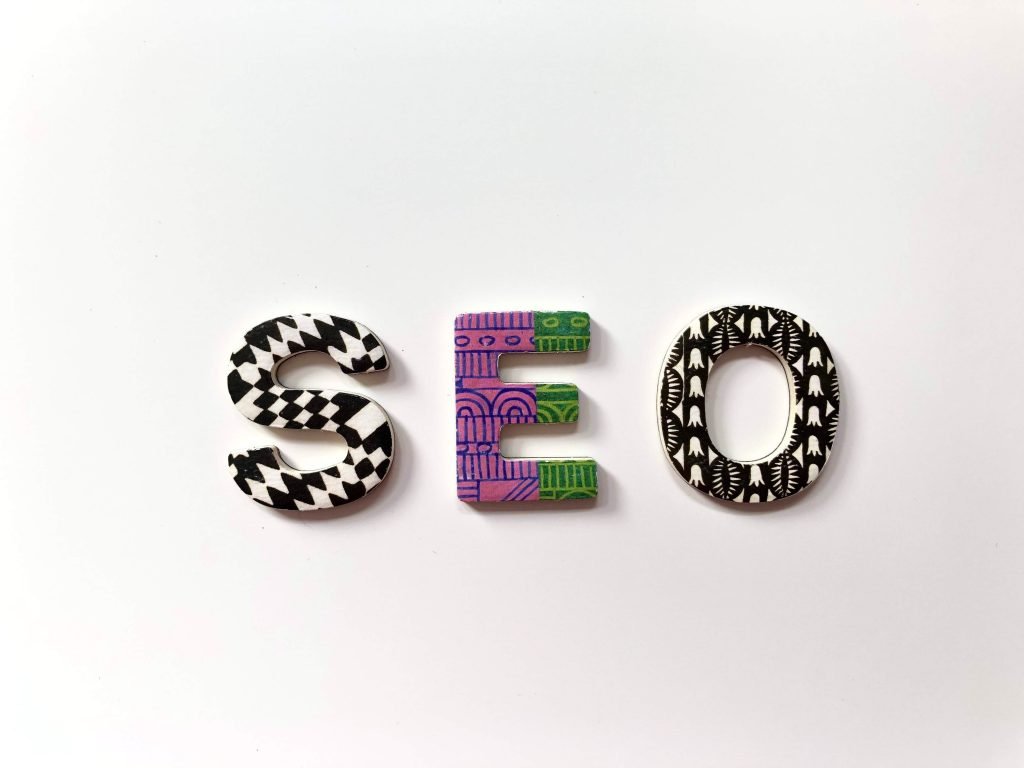Shopify is one of the world’s leading e-commerce platforms, allowing small and large businesses to build and manage their online stores with ease. However, despite its many features and user-friendly interface, many businesses may face challenges with Shopify—especially regarding search engine optimization (SEO). Let’s look at some of the most common SEO problems that can hinder your store’s performance in the search engine results pages and explore how to overcome these challenges.
Common Shopify SEO Problems
SEO is the lifeline of online visibility, allowing searchers to find your store organically. Though Shopify provides an excellent platform for e-commerce, many store owners face issues with visibility. Here are some of the most common Shopify SEO problems:
Duplicate Content
Duplicate content arises when product variants, tags, and collections create multiple URLs for the same content. For example, if a product becomes part of a special collection, it can make a second URL for the same content. This duplication confuses search engines, which struggle to determine the most relevant version of a page, potentially diluting your SEO efforts and affecting your rankings.
Slow Page Load Speeds
An important user experience ranking factor is page load speed. Slow loading speeds can occur from large image files and excessive use of JavaScript. Studies show that bounce rates increase by 32% when a page’s load speed slows from 1 second to 3 seconds, leading to lost sales opportunities and negative SEO.
Lack of Blogging Functionality
Content is king in the world of SEO, but Shopify’s built-in blogging tools are often limited compared to dedicated blogging platforms like WordPress. Many store owners may face challenges creating and managing content that attracts and engages users on Shopify’s platform.
Limited URL Structure Customization
Shopify imposes certain restrictions on URL structure, which can hinder SEO efforts. For example, Shopify automatically includes prefixes like “/products/” and “/collections/” in URLs, making them longer and less keyword-friendly. This lack of flexibility can be a disadvantage when optimizing URLs for search engines.
Poor Mobile Optimization
Since Google implemented its mobile-first algorithm, creating mobile-optimized websites is crucial for online visibility. Some Shopify themes may not be fully optimized for responsive design, leading to improper scaling and slow load times on mobile devices.
Inadequate Meta Tag Customization
Meta descriptions are crucial for SEO, providing context to search engines and users about your page’s content. Shopify’s default settings and limited customization options can make it challenging to create unique and compelling meta tags for each page. Without proper meta tags, your pages may not effectively attract search engine users.
Thin Content
Pages with little content or minimal descriptions are referred to as thin content. These occur frequently in e-commerce stores, particularly on product pages. Thin content can negatively affect your SEO, as search engines favor pages with comprehensive, unique, and valuable information.
Addressing these common SEO problems is essential for optimizing your Shopify store’s performance in search engine results, which will increase its visibility and user engagement.
Solutions to Shopify SEO Problems
Luckily, Shopify store owners can address these SEO problems with a few simple strategies. Here are some solutions to Shopify SEO problems:
Addressing Duplicate Content
Canonical tags can be used to specify the preferred version of a page when there are multiple URLs with similar content. This helps search engines understand which page to direct users to, consolidating link equity and avoiding duplicate content penalties. Another strategy for dealing with duplicate content is to disable unnecessary pages. This can be done through the Shopify admin page, mitigating the risk of duplicate content penalties.
Improving Page Load Speeds
On product pages, compress images before uploading them to your store to reduce the file size. Additionally, choosing a Shopify theme known for its speed can contribute to faster page loading times.
Enhancing Blogging Functionality
Though Shopify’s own blogging platform is less than robust, you can integrate other dedicated blogging platforms, like WordPress, with your store. This allows you to leverage the advantages of content marketing while also managing your e-commerce store.
Customizing URL Structures
SEO-friendly URLs are short, descriptive, and use relevant keywords. Though Shopify automatically adds some features to your URLs, try to keep them as short and relevant as possible.
Optimizing for Mobile
Shopify has many themes fully responsive to different screen sizes, leading to improved mobile SEO. Test several themes on different devices to ensure they perform well.
Meta Tag Optimization
Be sure to create unique, compelling meta titles and descriptions for all pages on your e-commerce site. These descriptions not only help users understand what is on your page but also give direction to search engine bots, aiding in the indexing process. Using primary keywords in meta descriptions can also improve your Shopify site’s SEO.
Combating Thin Content
To combat thin content on product pages, write detailed and unique product descriptions for every product on your site. These descriptions should provide valuable information to users. Highlight features, benefits, and use cases to enhance content quality. A Q&A section on product pages can also serve to combat thin content while also leveraging user-generated content.
Addressing these common Shopify SEO problems with the solutions provided can significantly improve your store’s visibility in search engine results. Implementing these best practices will help drive organic traffic, enhance user experience, and boost your online sales.
We Can Help!
Effect Web Agency provides web design and marketing services for local, regional, national, and international clients. Contact us to learn how you can improve your online visibility.



